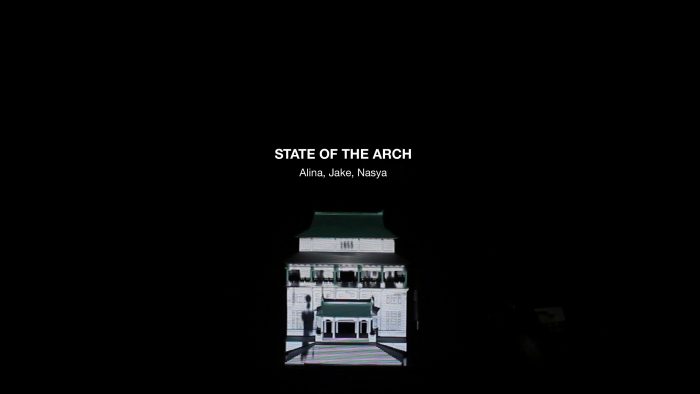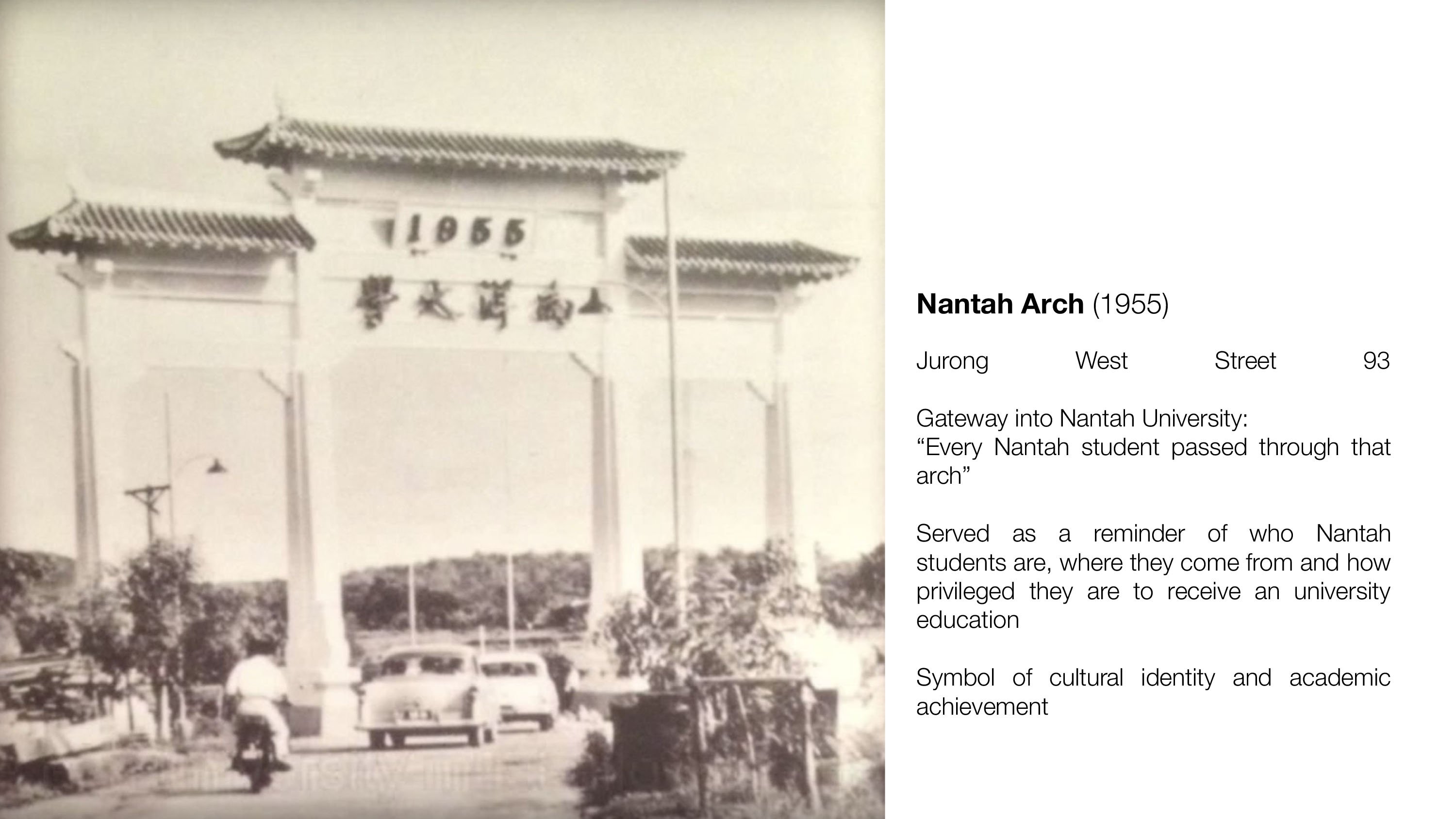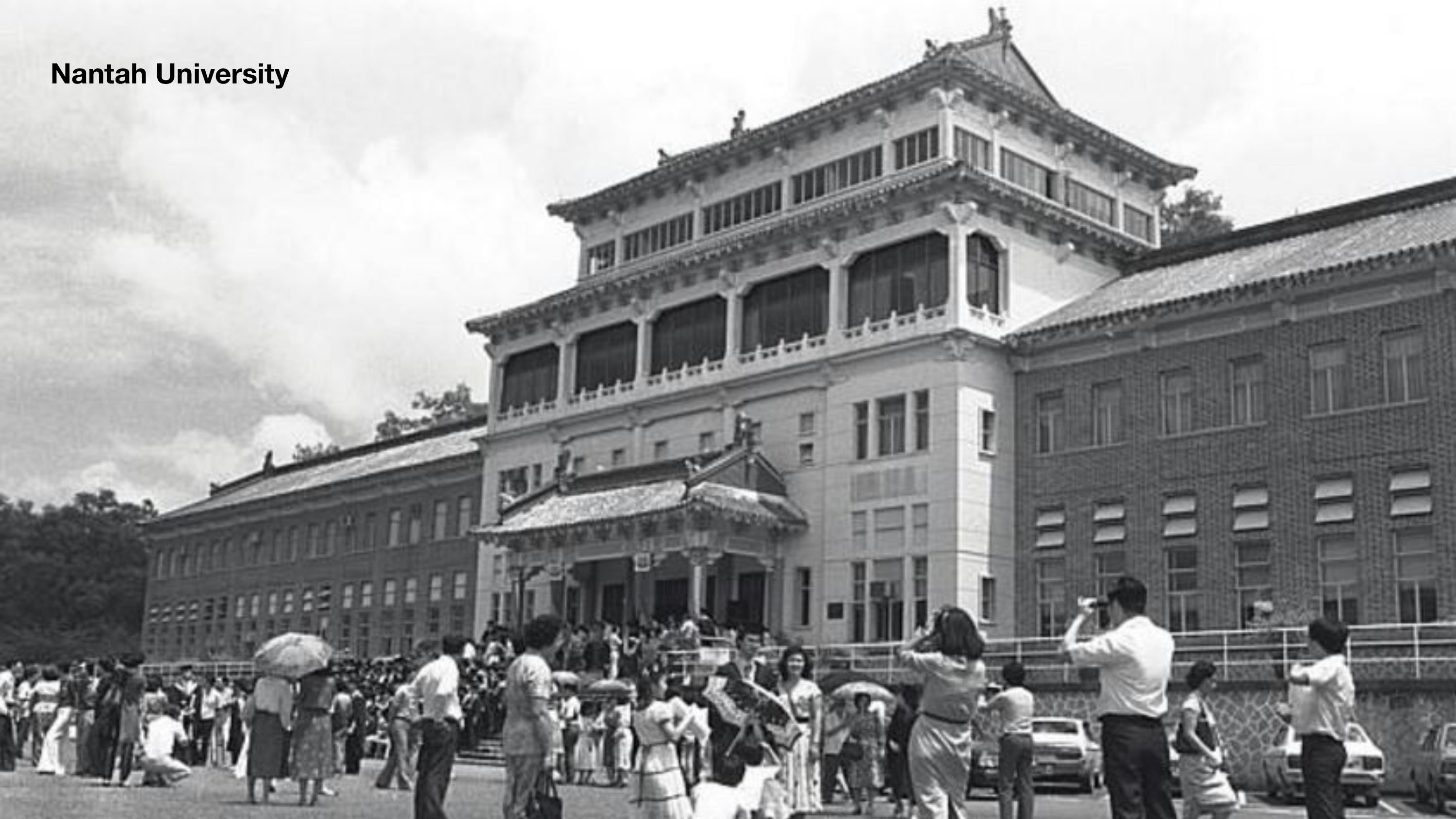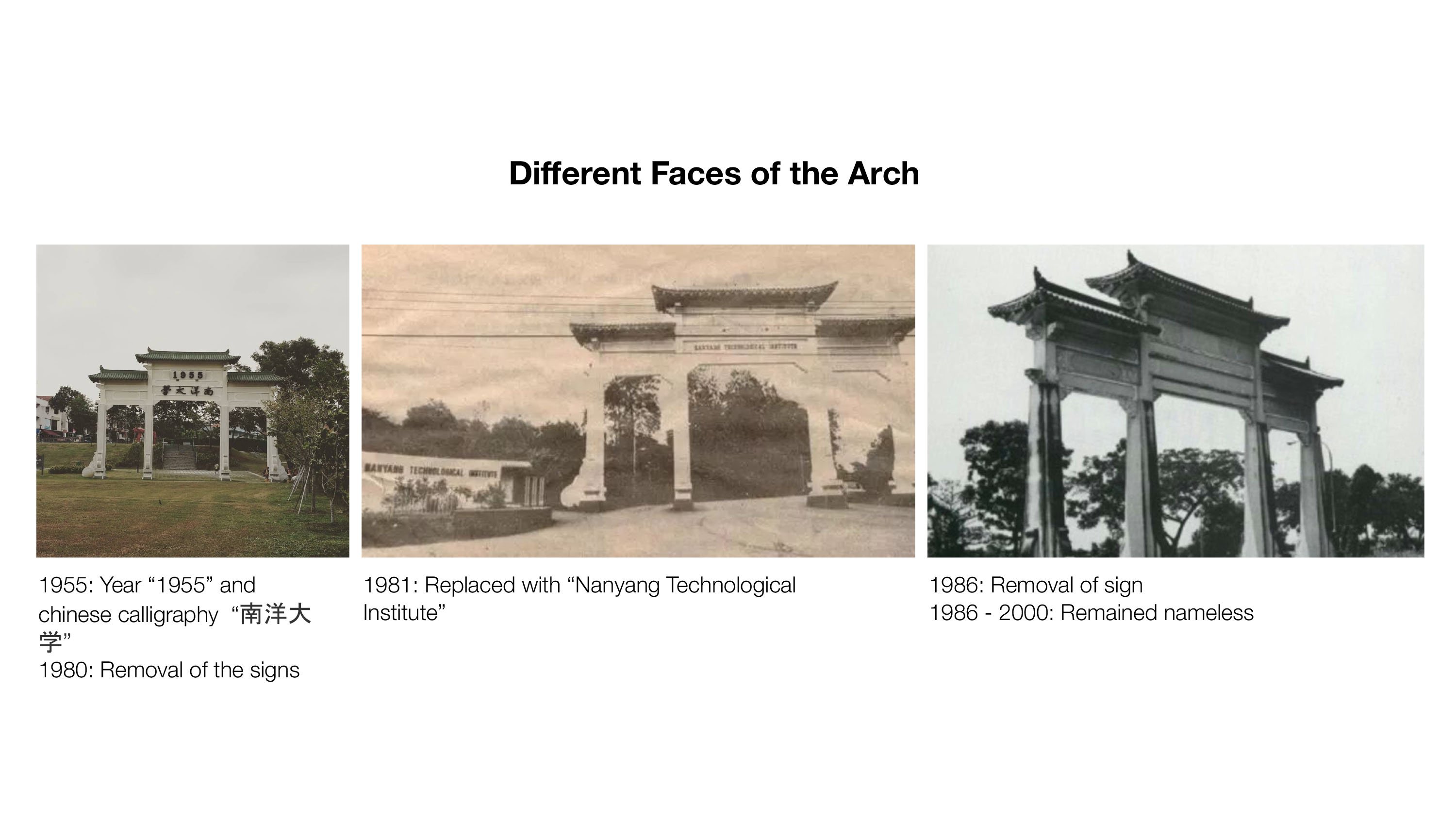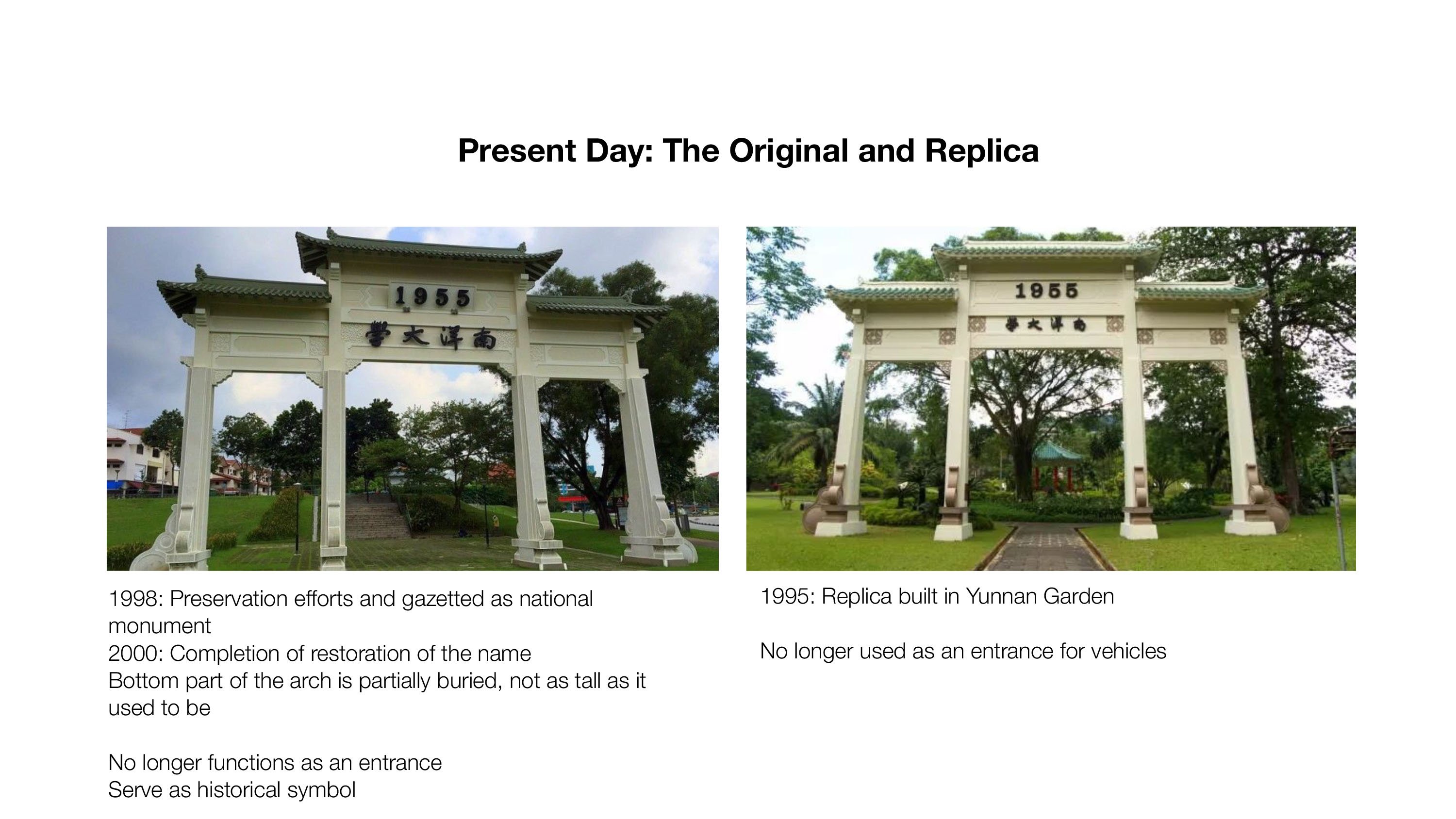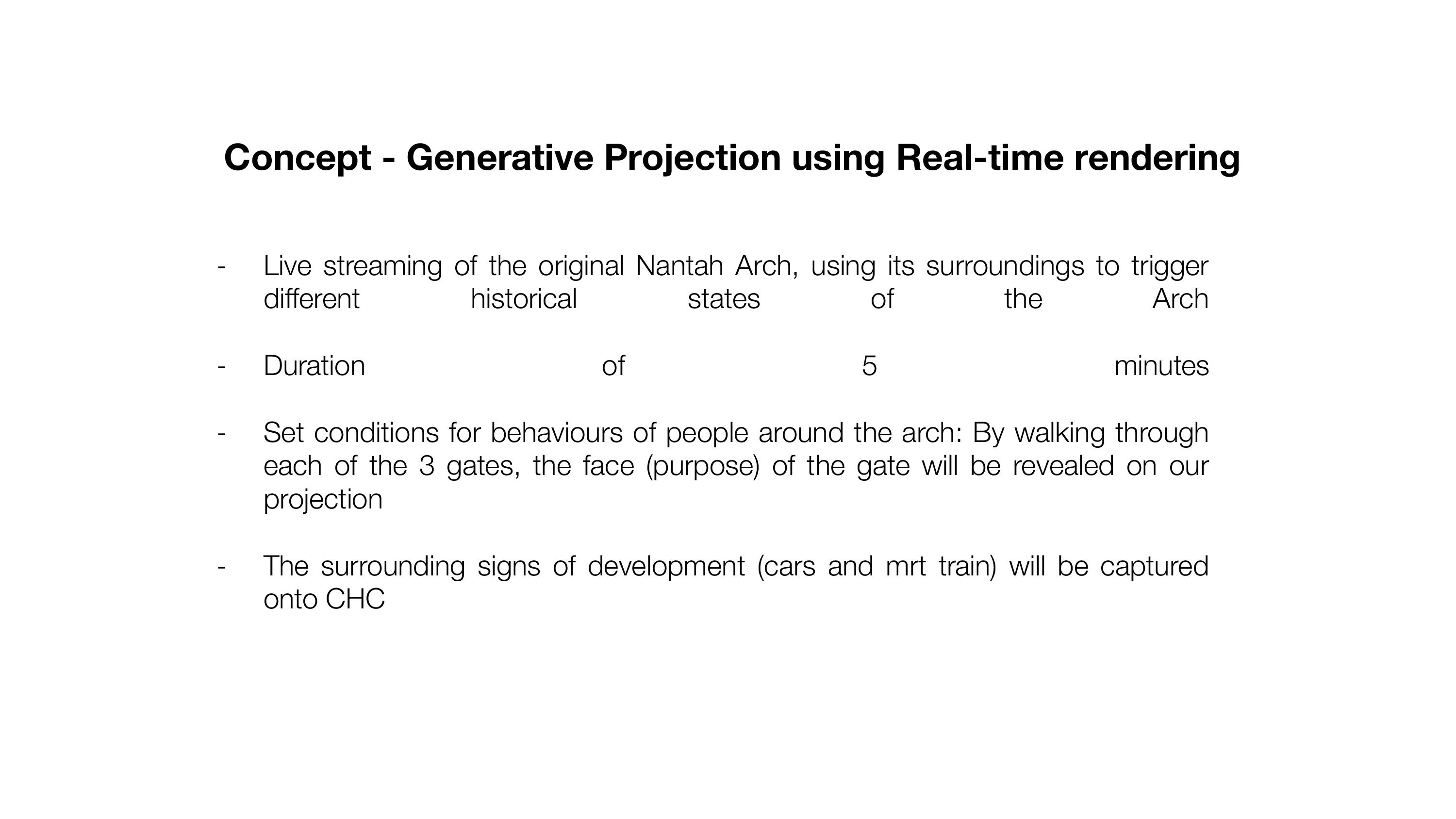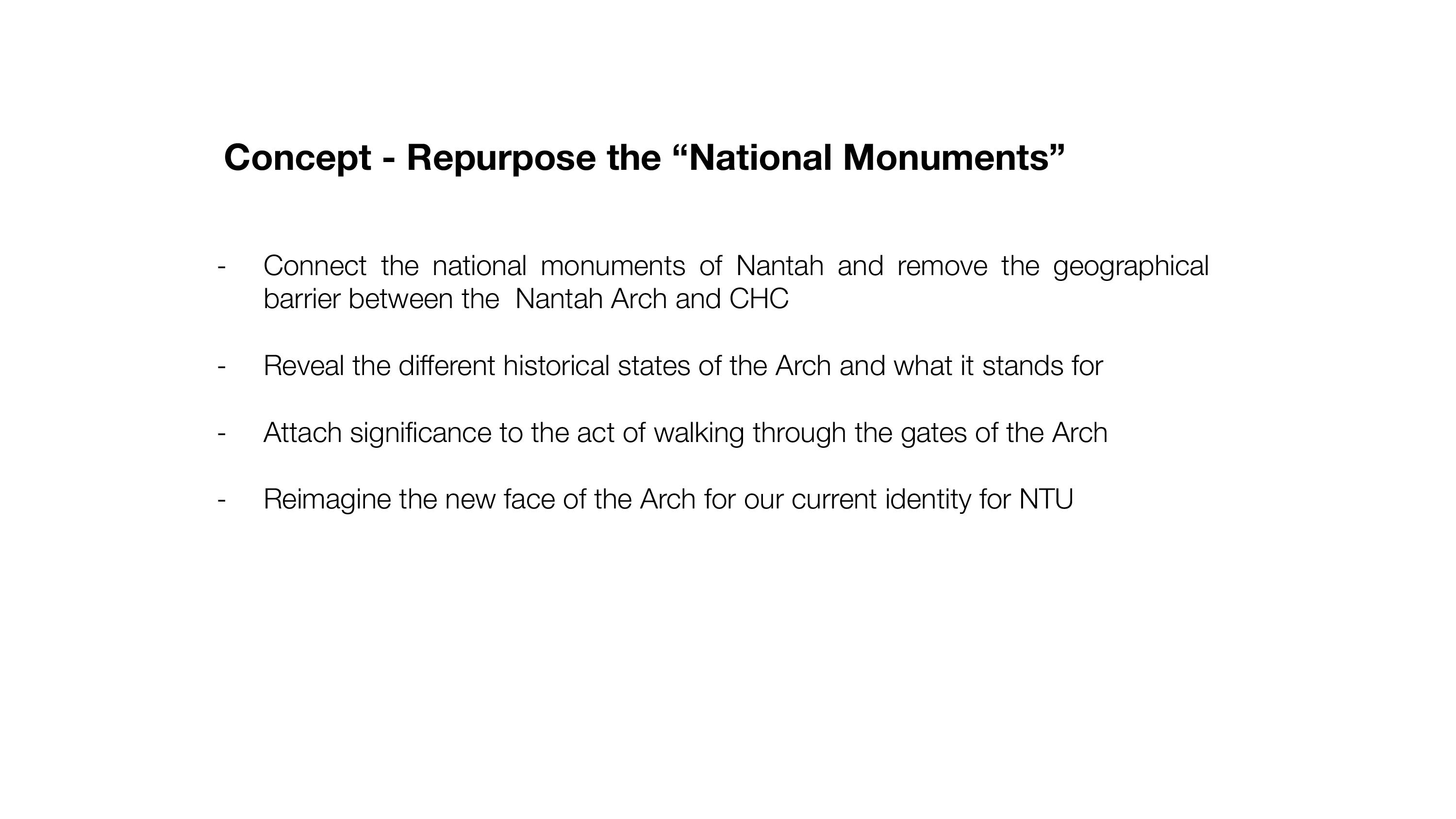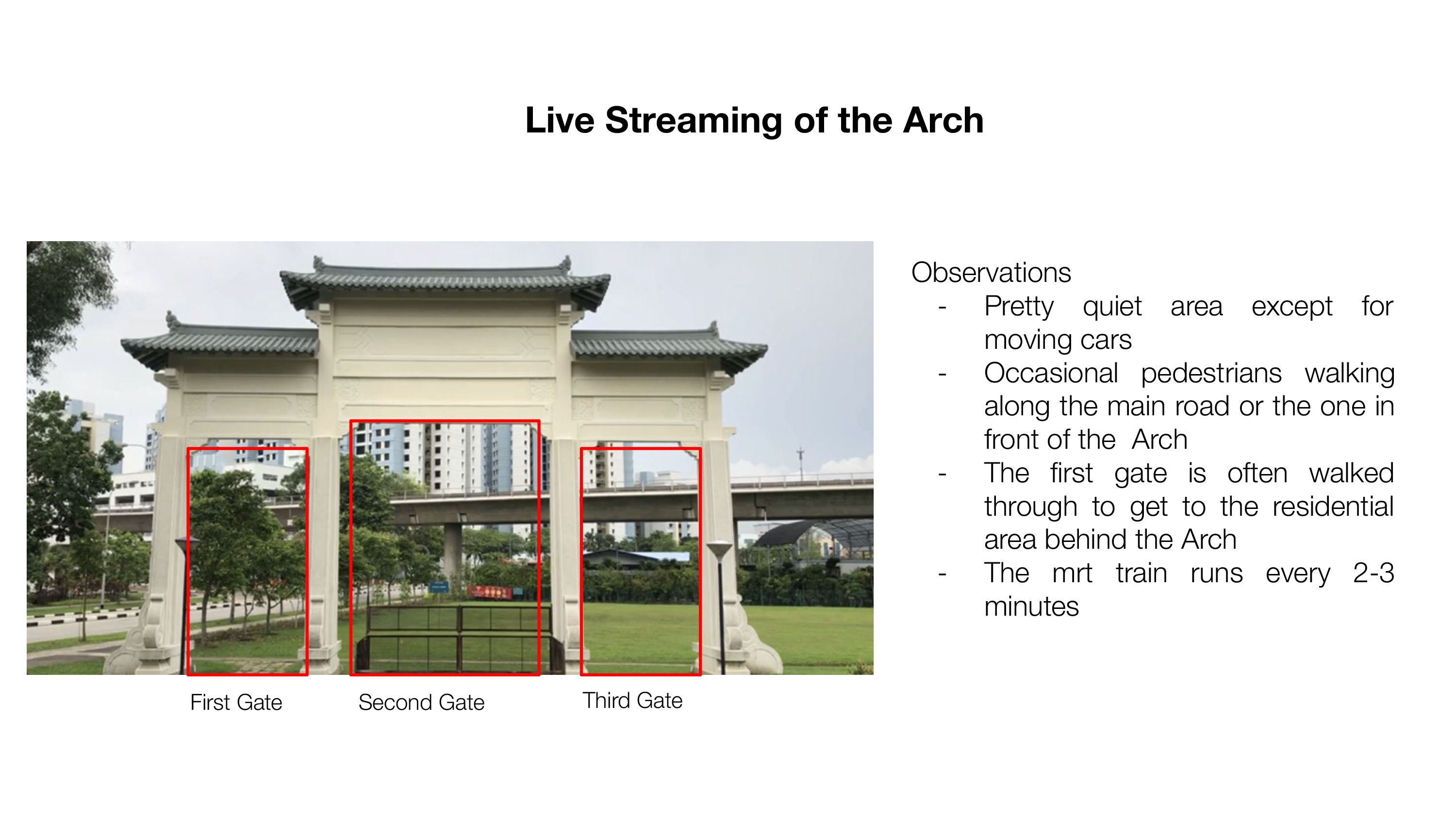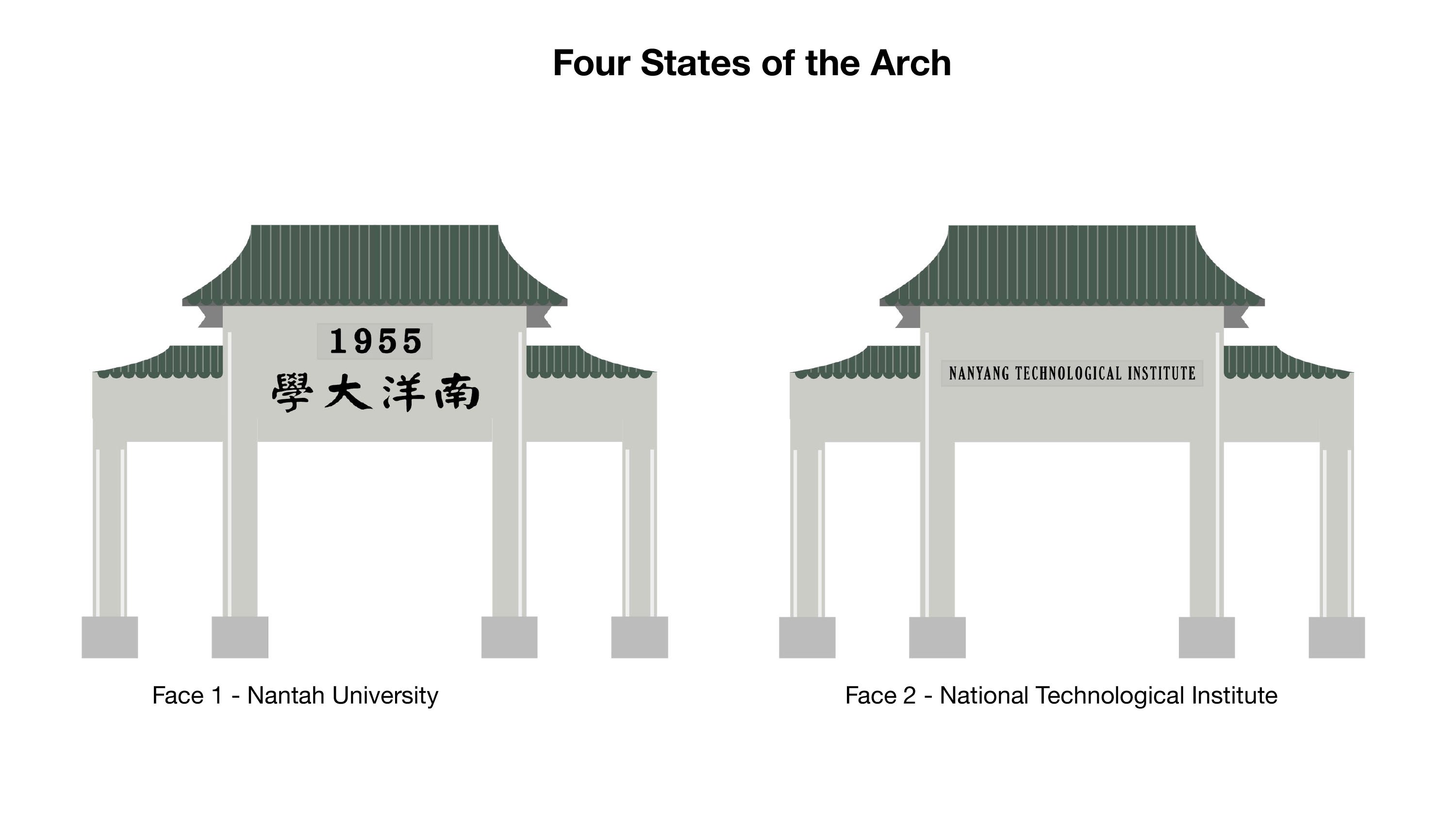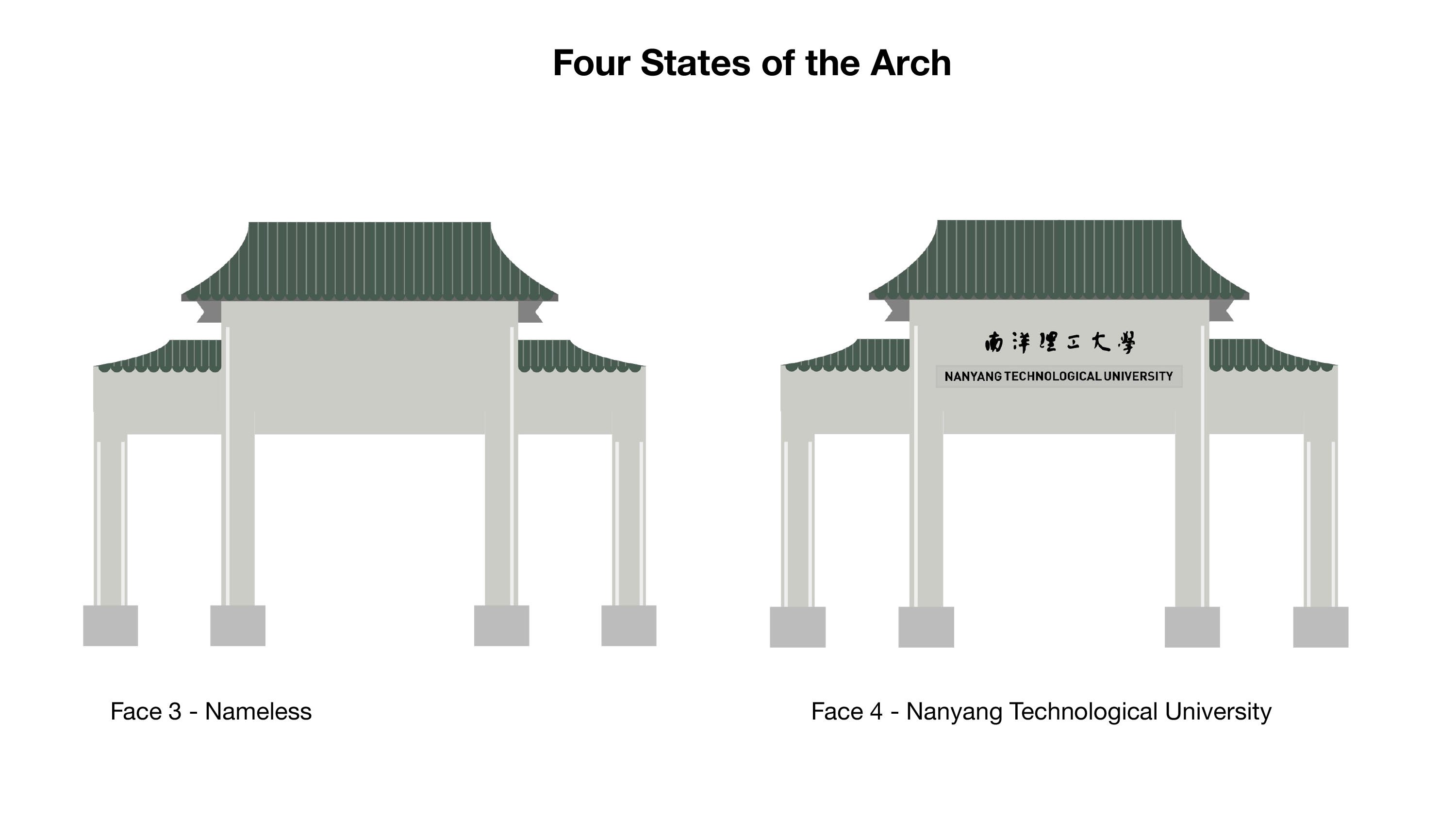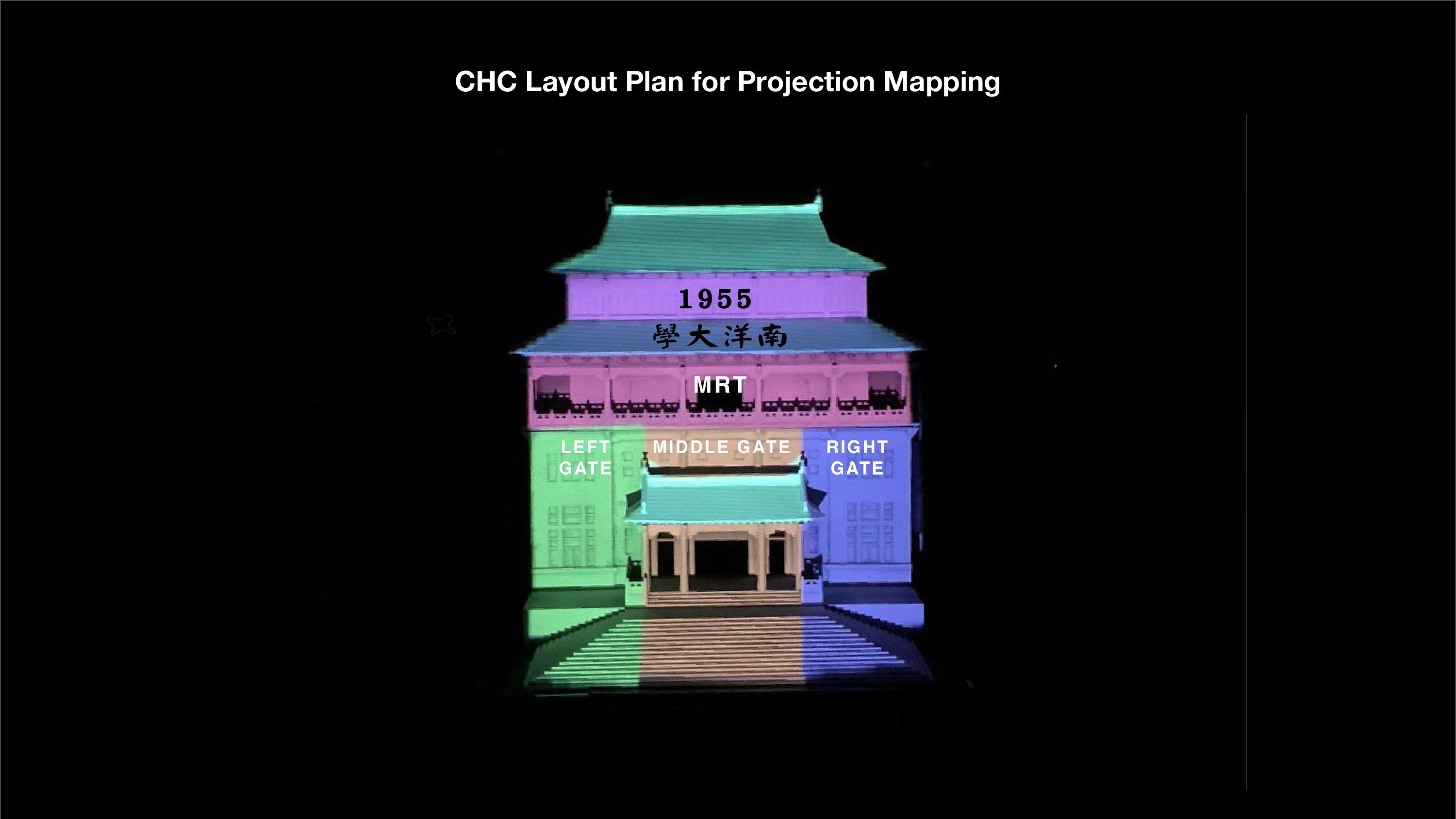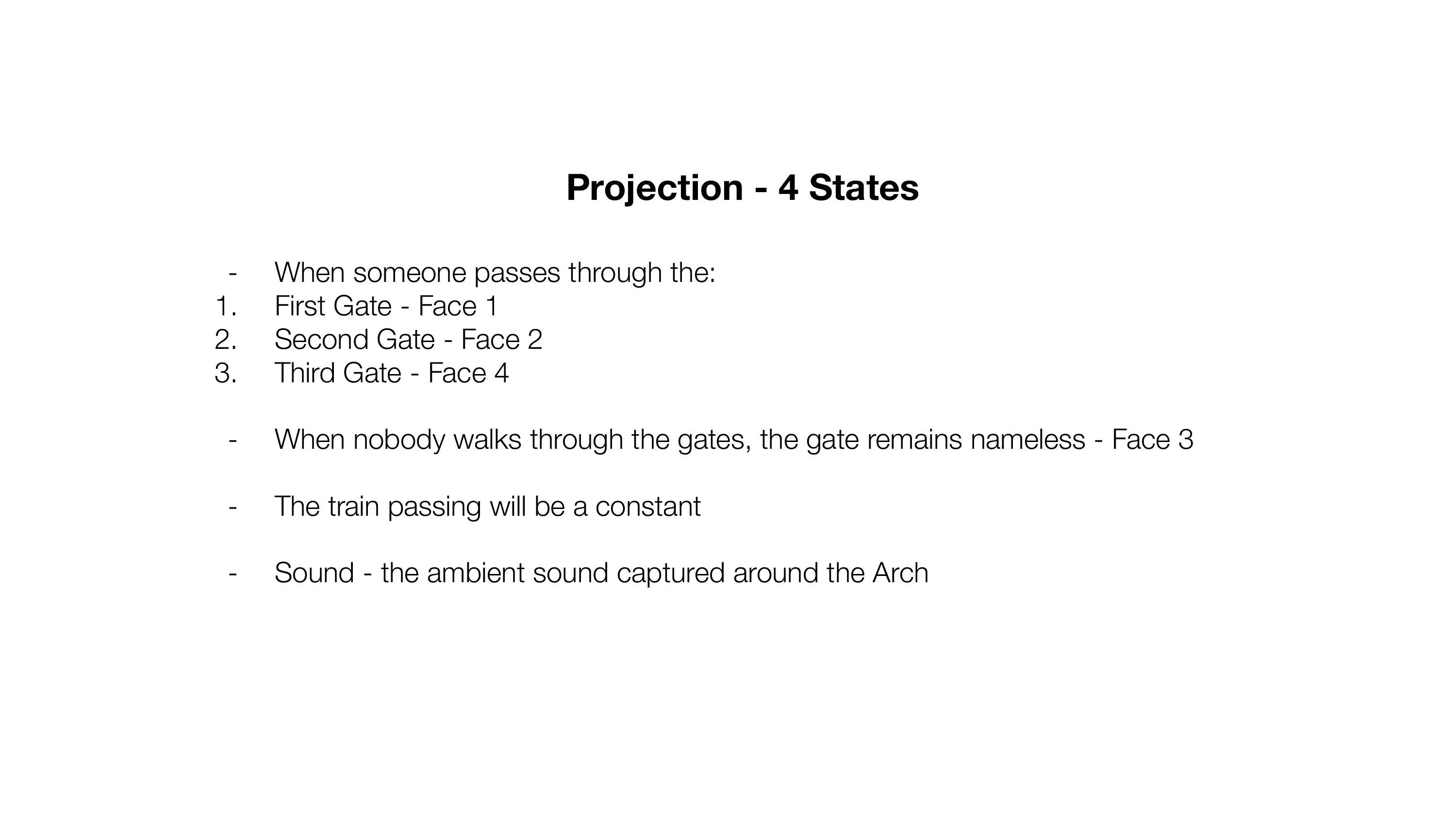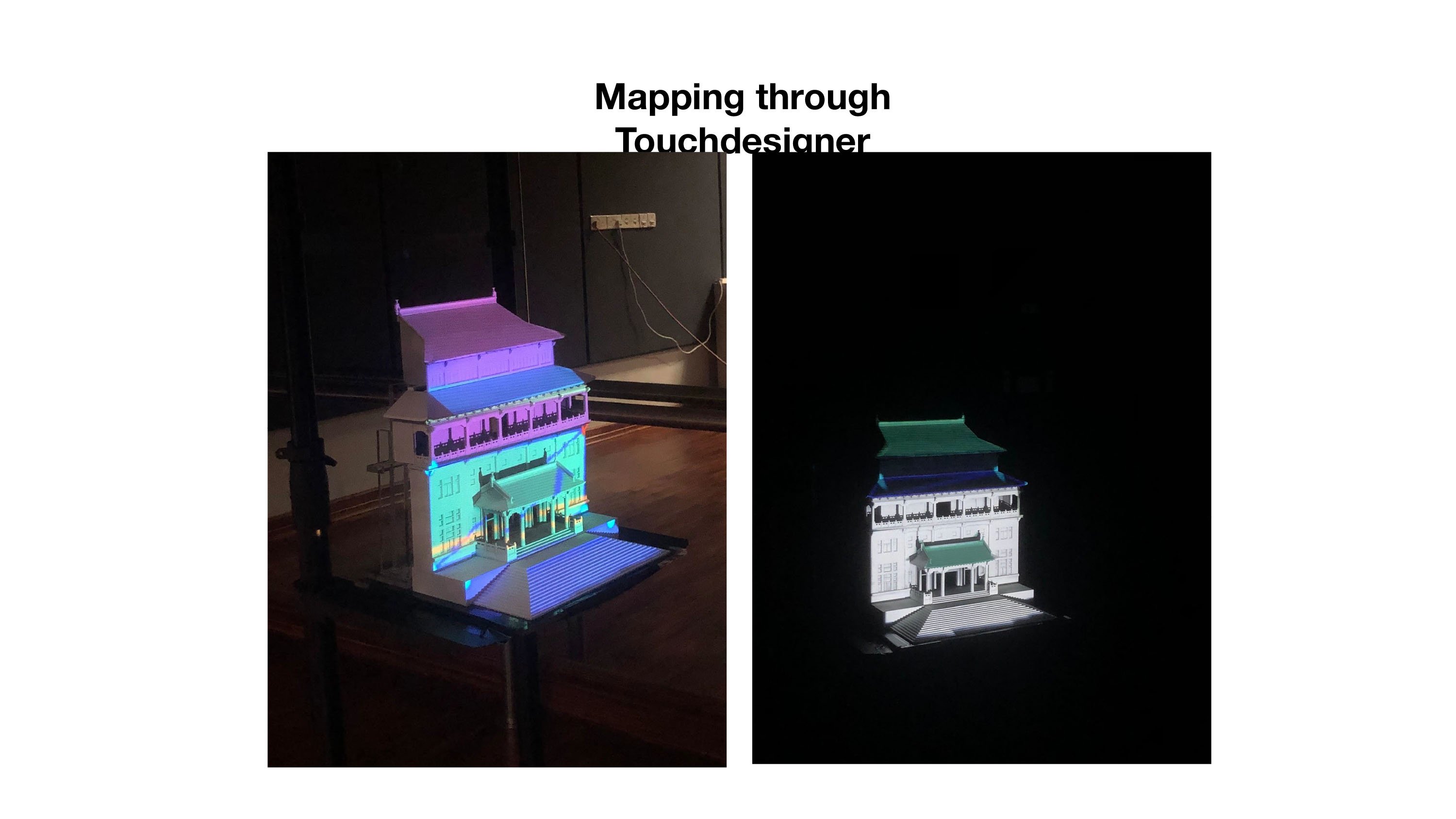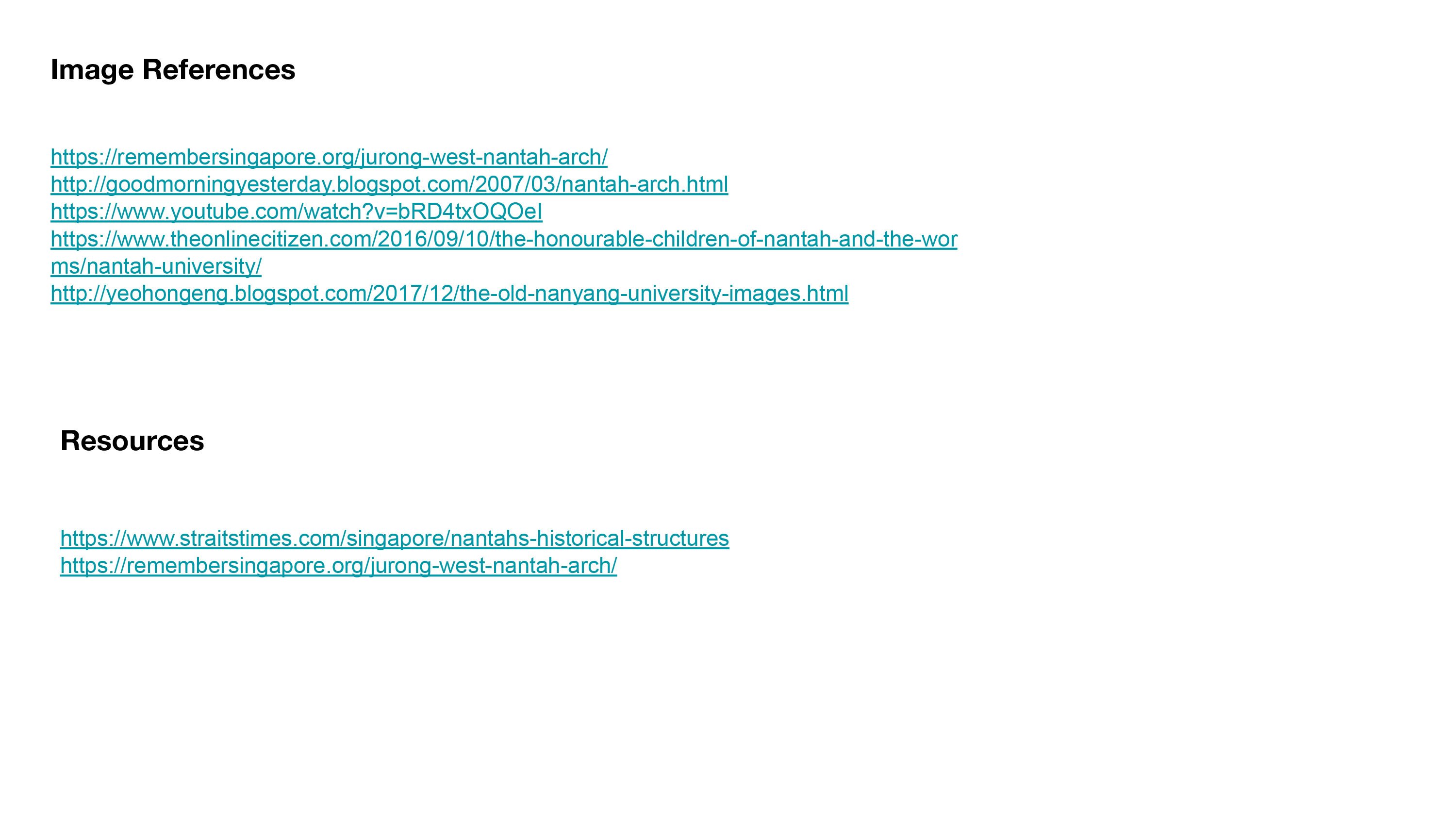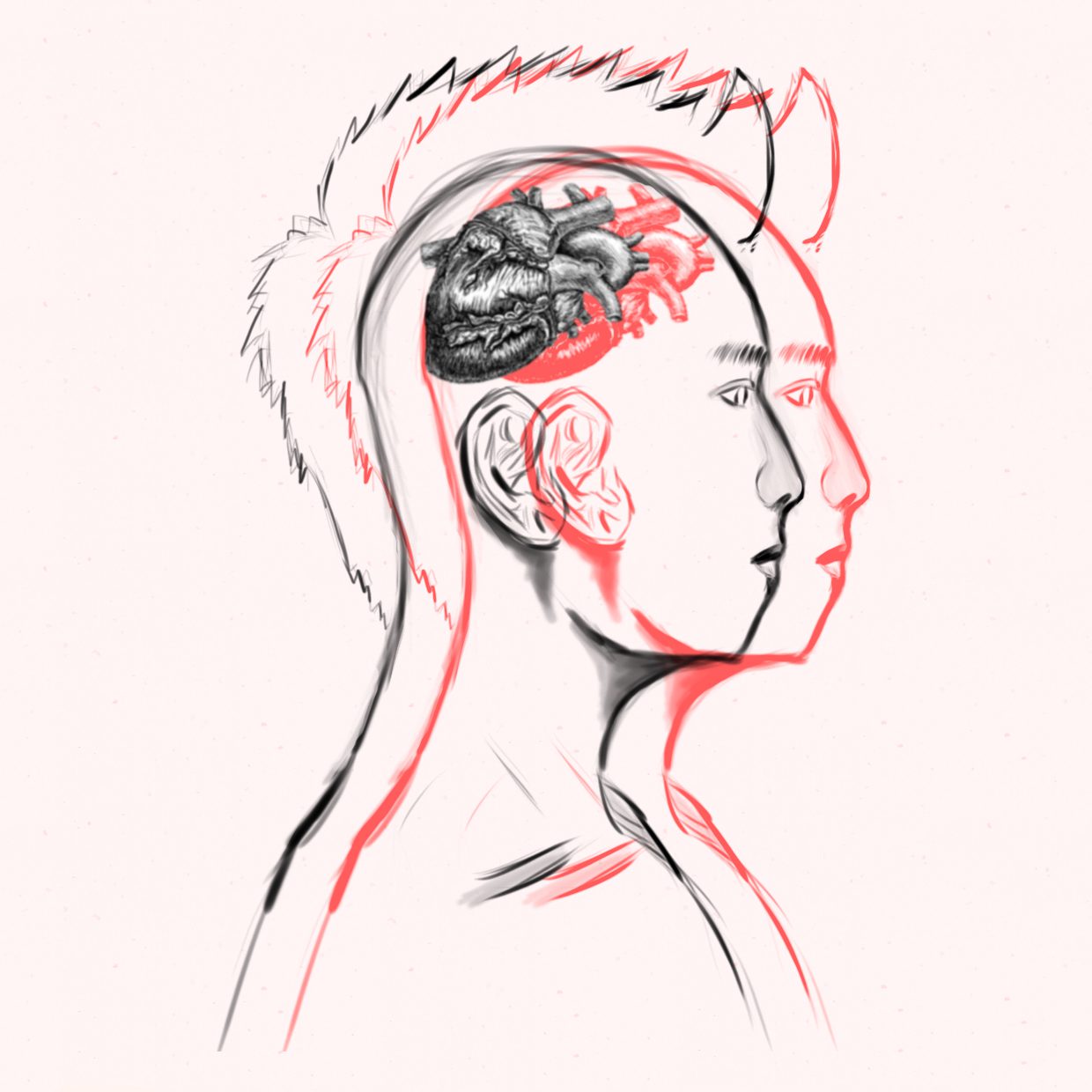I sure wished I read this before embarking on my final year project about rethinking screen based interactions. What an amazing read. Huhtamo effectively summarized how modern to post modern common day screens evolved from what they were pre technology to what we have at least 2 on our desks right now.
I’d like to discuss 2 of Huhtamo’s findings; the culture of interacting with screens and the idea of smart wearables.
Early inception of screens being developed from puppet play was an interesting and bold move to make. It was, technically, a media piece, for its time but it was nothing more than entertainment. I guess that’s where cinema drew its roots and inspirations from. As a budding interaction designer, I wonder what kinds of interactions can be drawn out from the puppetry, immersive paintings and pano–dio–rama days.
I’ve always thought of screens as a means to an end of an output in the chain of interaction, our senses, usually being the input. In the case of live puppetry, the puppets could improvise in real time, creating distinct interactions. However, dioramas and 360 paintings are but still. The act of looking is interaction, perhaps. The shifting perceptives as you move around a space where time stands still, or peaking into a small hole to view moving imagery, it pulls you out of your usual sensorial environment and flings you into a new world. Is this what interaction is? Or is that fleeting feeling of amazement a by product of what interaction can do?
Culture shifts along with technological advancements. The society shifts with the shifting culture. As we approach the modernity of society, efficiency becomes invaluable. Every second that ticks away is another dollar we could’ve earned. Drawing from the example of how society phased out the pocket watch, gave rise to the then exclusively feminine wrist watch, all from a little shift in branding. Now because we wear clocks on our wrist and carry them in our pockets, we are governed by time.
Time, a mere construct, holds us responsible for improper management, lost of finances and making loved ones mad. In the past, time was merely an indicator of when to go to sleep or wake up or the part of the year to harvest your crops.
Carrying around small media devices that contain a universally agreed time changes the culture of a society and how that society interacts. In the cases provided above, we have to think, not only about displacing our audiences, spatially and sensorially, but also through time. Or maybe interaction has always been about these three aspects, made more prominent with the culture we are in.
The discussion about Google Glass got me a little rattled up. Nerdy and arrogant? There’s definitely a better way to phrase that. People are not ready for the unfamiliar. To merely disregard the glass’ technological advancements and to pinpoint its failure on the product is everything opposite of self critical. The audience was simply not ready for a device like this.
Having been published in 2016, Huhtamo probably didn’t realize the direction Apple would’ve went with the Apple Watch. Almost none of did to be honest. Apple took a 180 degree turn and marketed the product to be not only a lifestyle product, but also a sports and wellness device. It was set out to prove it’s place in the market place by not being just another screen. It encompasses functionality over functionality whilst maintaining and improving on its form.
In the latest rendition of the Apple Watch, the Watch 4 in 2018, it made strides in the water proof functionality, making it a go to swim and diving watch and included medically certified ECG features that has already helped people self diagnose probable heart illnesses. Similar to the situation with the pocket watch and wrist watch, it is time to acknowledge that smart watches are the next generation of wearables. They are more than, as Huhtamo put it, a screen and a knob.
Call me an optimist, I am all for our machine overlords to dictate the most efficient path to save the earth and humanity. But until then, any form of innovation, in my opinion, is progress. We live and we learn, so do big organizations. They are pushing boundaries in fields we don’t even know of as of now. But until then, I am convinced that screens are nearing the end of it’s life. Or rather, the current generation of OLED UHD 4K 8K screens. The next wave is upon us.
